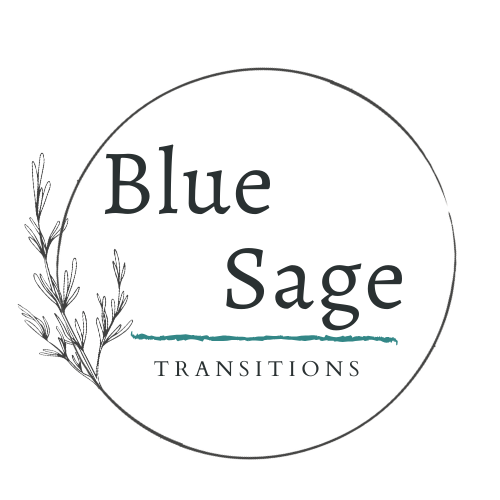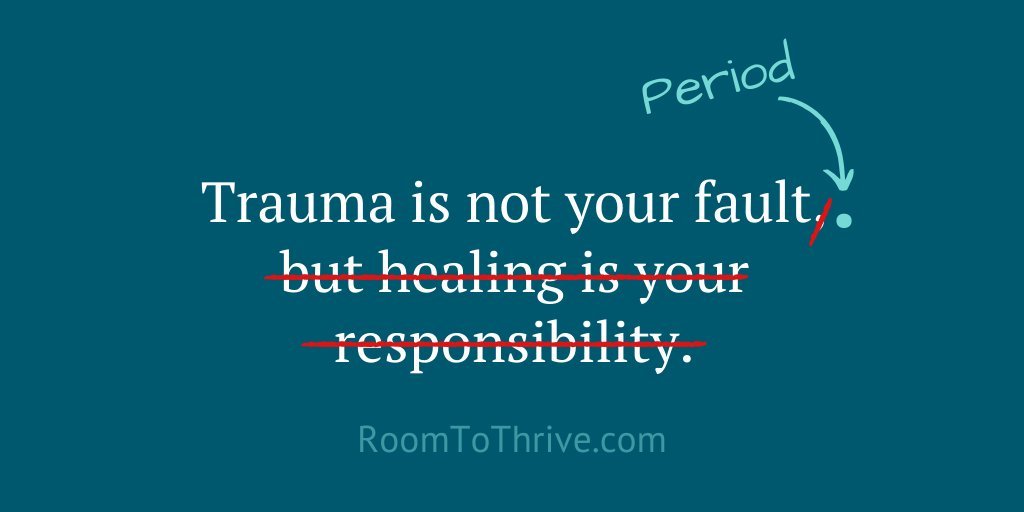I didn’t need to come up with a treatment plan for myself. I needed to get out of my own way, to let the feelings come, to trust the truth in my body so I could begin to reclaim it. And it was witnessed by someone who could help me integrate this wisdom even further. Another layer of healing. Another layer of grief, sloughed away. Essential pieces of me uncovered, making me more whole.
—Ingrid Clayton, Believing Me
Here I am, adding my voice to the growing chorus who are highlighting the need to shift the mental health script in this country from one of disordered individuals to adaptive human beings who are regularly interacting with, and so being impacted by, dysfunctional systems.
So many of my clients search for diagnoses in the Diagnostic and Statistical Manual of Mental Disorders (DSM) that can help them manage struggles with their daily functioning and stuckness in their relationships with themselves and others. I am not a medical doctor and often refer clients and loved ones to this article by Tara Brach when they’re considering whether or not to medicate symptoms that are obstructing a fulfilling, joyful life.
I also do not oppose the biomedical model with regard to treating what hurts. I would, however, like us to step into something truer than the shame-based story that we’re all fucked up. That truth is articulately stated by Gabor Mate in his newest book The Myth of Normal:
A society that fails to value communality — our need to belong, to care for one another, and to feel caring energy flowing toward us — is a society facing away from the essence of what it means to be human. Pathology cannot but ensue. To say so is not a moral assertion but an objective assessment.
Our society’s reliable, consistent commitment to emotional neglect is what’s true, not that we are a hopeless, defective lot. And neglect, like abuse, is traumatic.
As I keep growing and learning about the intricate interplay between human beings and our environments, I am more and more likely to hypothesize that complex trauma, also called developmental or relational trauma, is at play when supporting people’s healing.
I appreciate Ingrid Clayton’s characterization of complex trauma, which, unlike single-event trauma (such as a car accident), involves repeated exposure to relational experiences—often but not always in childhood—that are distressing or disturbing and overwhelm an individual’s ability to cope. Importantly, part of the impact of complex trauma is “a distortion in a person’s core sense of self.” That is, what we come to perceive as character or personality traits are actually adaptations we developed at an earlier time to survive a hostile environment.
Here Is Brian Peck’s Thoughtful Article about This Statement
My own bias is that to effectively remedy this self-distortion, we would be wise to shift our attention from the “A” qualities (i.e. aggressive, achieving, alone, afraid, apathetic) of the pathological society mentioned above toward the relational, embodied “A” of attachment. In this realm, we can learn to reality check a perception of threat that no longer is actually dangerous in the present. We also can reconnect to the protective and nurturing relationships at the heart of a thriving human life. At the very least, we can stop adding “buts” to validating statements about our lived experience. Instead, we can create some space between the insight of “trauma is not my fault” and how we choose to respond to that insight. (And I feel compelled to add the caveat that I’m not endorsing narcissistic gaslighting with that last statement but instead highlighting how “buts” diminish insights and how healing complex trauma often involves a collective, interpersonal process rather than a solely individual, intrapersonal one.)
But I need to back up. I’m so grateful that the hosts of the We Can Do Hard Things podcast have brought the sage life detective, Dr. Becky Kennedy, on their show not once but FOUR times. In the episode explicitly about attachment, she not only talks about the power of repair but also shares the research findings that when we are born, our brain is 25% wired. At three years of age, our brains are 75% wired. THREE YEARS OLD.
So many of us don’t have memories or in-depth, accurate documentation about this time in our lives. We then dismiss this chapter as a critical shaper of how we see ourselves and relate to the world. However, if we start to bring compassionate curiosity to our reactions to particular external stimuli—without comparing ourselves to others—we can begin to understand to what extent and how often the glasses through which this young map maker learned to make sense of the world and herself are distorted.
My own map maker learned from her early environments how to dismiss, invalidate, and judge harshly her needs for emotional regulation and support. She also learned to override the signals of distress sounding from within her body. My material needs were well tended to so any complaints I had about how I felt inside were “extra.” Be nice, be good, be as thin and attractive as possible (ideally with big boobs and no freckles), and be happy. If you are not performing those ways of being with ease, there is something wrong with you.
Only in my 40s have I more deeply understood the extent to which my early childhood environment was jam-packed with the denied fear, avoided shame, suppressed grief, displaced anger, and chronic pain and disease that are part and parcel of intergenerational trauma. I no longer minimize how all that flight from the vulnerable, embodied, difficult parts of being human impacted my mind and body in profound, seemingly irreparable ways. Happily, it’s not game over. We can rewire our brains through missing attachment experiences and embodied actions and, in the process, transform the deeply ingrained ways we think about, feel, and sense ourselves and the world.
Sonya Renee Taylor poignantly illustrates an example of reclaiming her undistorted core self in the following story:
I was doing this meditation for shadow work or something like that. And in the meditation, like go visit my little Sonya. And I don’t say anything to her, I just observe where she is and what’s happening and it takes me back to this really root memory. And then once I observe and I spend some time in it, I go up to her and I ask her what she wants. And little Sonya said, I want to go home.
And I was like, oh, I’ll be your home. We are our own home. It was really sweet and tender and beautiful, and I practiced it a lot. And little Sonya was like, no chick. I want a plane trip to Pittsburgh, and I want a hoagie. Thanks for all your fluffy duffy therapized meaning. And it was this phenomenal moment of awareness where I was like Sonya, the adult who has been indoctrinated into so many things, including all of this wonder. But the core of me that didn’t need to think or do anything was like, no. That need didn’t come from my head, that need came from my soul, from my center, from the smallest parts of my truth. And so sometimes the work is to not be in our head at all. You don’t have no answers there. The answer is in the center of you. It’s in your gut, it’s inside the deepest, quietest, usually most disavowed parts of ourselves. And that part isn’t thinking.
Circling back to Clayton’s statement that opened this post, maybe we don’t need a treatment plan for ourselves (although I’m all for one if that helps). Maybe (re)valuing belonging and care, as Mate implores, and growing radical self-love, as Taylor teaches, is at the heart of healing complex trauma. I can say for myself that after many years of individual and couples therapy and the study and practice of mindfulness, by far the most effective healing experiences have been relational—moments when I have intentionally brought home the parts of myself that got shoved into a dark tunnel as well as interactions with others, when I took off the mask with those who had the capacity to meet me with grace and interest.
And, perhaps, only in growing our tolerance for paradox—that two or more contradictory truths can exist at the same time—can we hold that we are whole even as the distorted perceptions of ourselves continue to say otherwise. The inimitable Mary Oliver, who herself experienced brutal abuse as a child, beautifully captures the paradox of being human, without diminishing any part of it:




